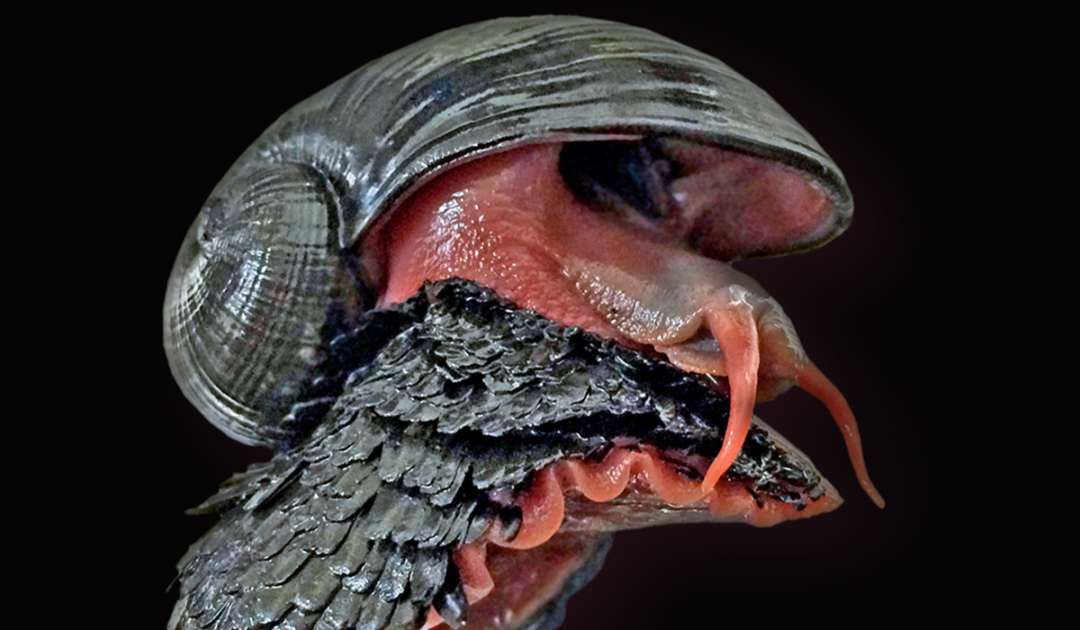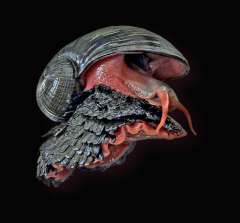Support for the Red List: Senckenberg Becomes Part of the IUCN Network
“The International Union for Conservation of Nature’s Red List of Threatened Species”, started in 1964, is the world’s most comprehensive source of information on the status of the world’s animal, fungi, and plant species. Now, the Senckenberg Nature Research Society is one of the official partners of the IUCN Red List – and at the same time, the first natural history museum involved in this global network. Senckenberg researchers support the IUCN Red List by actively participating in the compilation of the Red List assessments, using their broad taxonomic expertise.
“More than 42,100 species that have been assessed by the Red List to date are threatened with extinction – this represents around 28 percent of all species evaluated. However, the number of unreported cases is enormous – depending on extrapolations or estimates and methodology, the number of global species varies from ten to 50 or even 100 million,” explains Senckenberg Director General Prof. Dr. Klement Tockner. Little known, in particular, are marine invertebrates such as sponges, jellyfish, corals, starfish, or worms, which consequently are also underrepresented on the Red List. To counteract this, the new partnership is largely funded by the Senckenberg Ocean Species Alliance (SOSA), whose mission is to accelerate the taxonomic description of marine invertebrates in order to identify endangered species more quickly. Tockner continues, “The IUCN Red List is an important indicator of the state of biodiversity in the world. As such, it is far more than just a list of species and their status, but also a powerful tool for the biodiversity conservation measures and policy changes that are so critical to protecting the natural resources we need for our own survival.”
To date, more than 150,300 species have been assessed for the IUCN Red List. The list provides information on range, population size, habitat and ecology, exploitation and trade, as well as threats and conservation measures that serve as the basis for necessary conservation decisions. “This is an incredible accomplishment! However, the work is far from complete. The number of wild species recorded – plants, animals, and fungi – must more than double in the coming years to understand the current state of the world’s biodiversity. Our scientists at the eleven Senckenberg sites have already collaborated in the past on the compilation of global and regional Red Lists – for example, for mollusks, dragonflies, centipedes, ferns, and seed plants. I am extremely pleased that we will now be able to contribute our share on the basis of a close and sustainable partnership, thereby advancing global marine conservation in particular!” adds Tockner.

